-
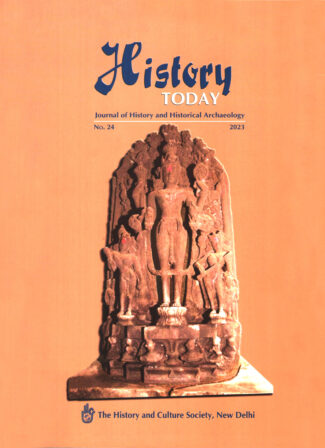
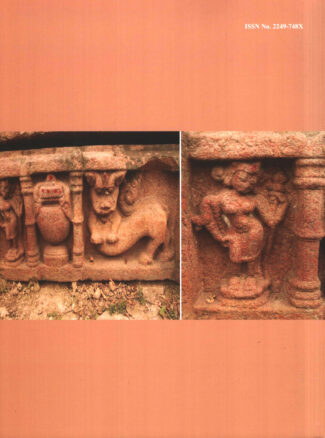
History Today Vol. 2...
History Today Vol. 24
Journal of the History and Historical Archaeology by: K N Dikshit₹2,000.00 ₹1,800.00
ISBN: 9788100003088
Year Of Publication: 2023
Pages : viii, 203
Language : English
Binding : Paperback
Publisher: Indian History and Culture Society
Size: 28
Weight: 850
“History Today Vol. 24” Cancel reply
-
Sale!Acheulian Culture in Peninsular India by: Raghunath S. Pappu
₹455.00₹410.00The Indian sub-continent, particularly the Peninsular India, is recognised as one of the richest areas of Acheulian occupation in the Old World. This research work is a detailed study of the Acheulian Culture system in India signifying the earliest cultural occupation here. The book examines the cultural material of the Acheulian phase in its ecological setting to throw light on the distribution pattern, nature of habitats, Quaternary deposits, mammalian and hominid remains, land use and subsistence, site formation process, genesis and chronology of the Acheulian cultural system. Incorporating his own field observations over the last three decades and more as well as integrating and synthesising the available data and evidence on Acheulian culture, Dr. R.S. Pappu presents a comprehensive understanding of the Acheulian system and, in general, behavioural patterns of early hunting and food gathering communities. He also provides an account of the progress of Palaeolithic research in India since the first discovery of Palaeolithic settlement by Foote in 1863, tracing the major projects and contributions of noted Indian geo-archaeologists.
-
Sale!Archaeology of Mayurbhanj by: Prabodh Kumar Mishra
₹480.00₹432.00Mayurbhanj, the leading princely state of Orissa in the pre-independence days, heroically encountered the twists and turns of history under the peacock-emblemed Bhanjas and continued to flourish for many centuries as an independent sub-regional kingdom, enriching Orissan history and culture in the tribal-dominated region. Today, the splendour of ancient Mayurbhanj (Khijjinga mandala) can be sought in its archaeological treasures that is, fascinating Stone Age tools, copper plate inscriptions, Roman, Kushana and Gupta coins, and spectacular monuments with intricate sculptural work. Professor P.K. Mishra, in this book, attempts to delve into the rich antiquity of Mayurbhanj as evident in its archaeological discoveries that have had a great impact on Orissan culture. The author discusses how under the patronage of enlightened rulers like Maharaja Sriramachandra Bhanj Deo and Purna Candra Bhanj Deo, committed archaeologist-scholars like Kamakshya Prasad Bose, R.P. Chanda, Sailendra Prasad Bose undertook pioneering and painstaking efforts to lay bare Mayurbhanjs ancient wealth. He unfurls the story of Mayurbhanjs discovery in a vivid and interesting account while, at the same time, providing new light on the archaeological excavation and conservation. This work, explaining the rich, intricate past of an area of historical importance, is bound to inspire as well as provide useful information to scholars and researchers involved in Indian history. A very lucid language with constant flow and about 50 photographic representations enhance the value of the book.
-
Social History of the Tamils (1707-1947) (PB) by: P. Subramanian
Notwithstanding the prolificity of indepth researches in contemporary historiography, Professor Subramanian’s book is the first concentrative effort to track down the social history of the Tamils. Today, the Tamils, over fifty million of them, live in the south-eastern state of the Indian peninsula: Tamil Nadu — which indisputably represents the very nucleus of millennia-old Dravidian culture in India. The book offers a compelling account of the Tamils’ society, economy, religious beliefs, educational mechanisms, arts, and cultural expressions during the years 1707-1947 — when, significantly, the British domination blossomed, bloomed, and faded; when new thoughts, new ideas, and new ways of life came as irresistibly into the homeland of the Tamils as into the Indian subcontinent. Thus retracing over two centuries of the ‘British connextion with India’, the author here tries to show how the long colonial rule in India exposed the tradition-bound Tamilian society to Western influences — with results that proved incalculable in both their range and depth. Social History of the Tamils : 1707-1947 is the outcome of Professor Subramanian’s decade-long, painstaking research, authenticated by an astonishing mass of evidence including archival records, Jesuit sources, Modi (Maratha) manuscripts, newspapers’ reports, biographies, travelogues, literary writings, and even fictional works.
-
Sale!Artisans and Craftsmen of Northern India by: Kuldeep Singh Thind
₹1,100.00₹990.00The basic aim of the book is to expose the major contributions of artisans and craftsmen in portraying the society in different perspectives. These artisans and craftsmen, were drawn mostly from the shudras, lower caste of the community, suppressed and have-nots section of the society, but were highly talented. The work is also designed to create interest among the reader and scholars alike, to understand the society of the period under reference through the immortal art of these creative people. The artisans such as potters, weavers, carpenters, architects, sculptors, brick-makers, metallurgy and metal workers, leather workers, painters, and the workers engaged in the profession of ivory, glass and mirror, perfume and cosmetic, musical instrument, oil, salt and liquor makers, etc. were the heroes of that time, who not only met the day-to-day requirement of the then society, but also portrayed different aspects of their life, in its true color, through their workmanship. It was the architect who designed and constructed houses to live in, as well as water tank, well and channel, royal building, stupa, temple and fort, bridge, pillar and rock-edict etc., which met the need of the society.
Today, we feel proud of the rich heritage of old Indian art and architecture, credit for which solely goes to the then artisan who crafted immortal creations. However, the invaluable contribution made by the historians in immortalizing their creations, by putting them in black and white, is no less important. It is the historian, whose mighty pen has immortalized not only Ashoka the great, as a king but also the creators of the stupas of his times on equal footings. It is with this aim in view that the present book has been presented to the posterity, in order to pay rich tributes to the creators of our rich cultural heritage.
Unluckly there was no proper institutionalized provision for the education of artisans and craftsmen, so generally the former adopted the occupation of their parents and hereditary skill was enhances as it was transferred from father to son, and generation to generation. Contemporary sources reveal that the social stautus of artisan class was based on the nature and economic conditions of a particular profession. -
Social History of the Tamils (1707-1947) by: P. Subramanian
Notwithstanding the prolificity of indepth researches in contemporary historiography, Professor Subramanian’s book is the first concentrative effort to track down the social history of the Tamils. Today, the Tamils, over fifty million of them, live in the south-eastern state of the Indian peninsula: Tamil Nadu — which indisputably represents the very nucleus of millennia-old Dravidian culture in India. The book offers a compelling account of the Tamils’ society, economy, religious beliefs, educational mechanisms, arts, and cultural expressions during the years 1707-1947 — when, significantly, the British domination blossomed, bloomed, and faded; when new thoughts, new ideas, and new ways of life came as irresistibly into the homeland of the Tamils as into the Indian subcontinent. Thus retracing over two centuries of the ‘British connextion with India’, the author here tries to show how the long colonial rule in India exposed the tradition-bound Tamilian society to Western influences — with results that proved incalculable in both their range and depth. Social History of the Tamils : 1707-1947 is the outcome of Professor Subramanian’s decade-long, painstaking research, authenticated by an astonishing mass of evidence including archival records, Jesuit sources, Modi (Maratha) manuscripts, newspapers’ reports, biographies, travelogues, literary writings, and even fictional works.




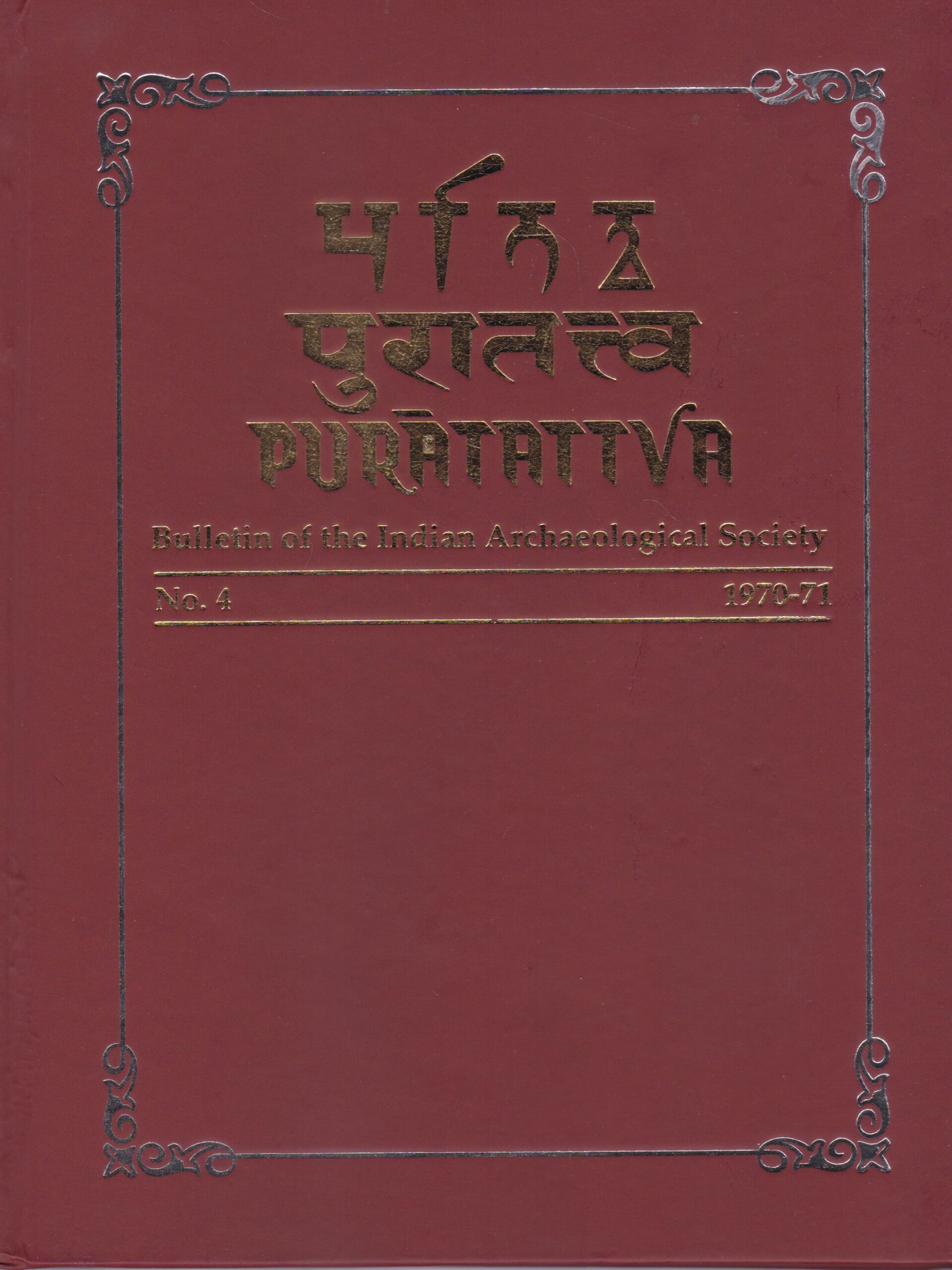

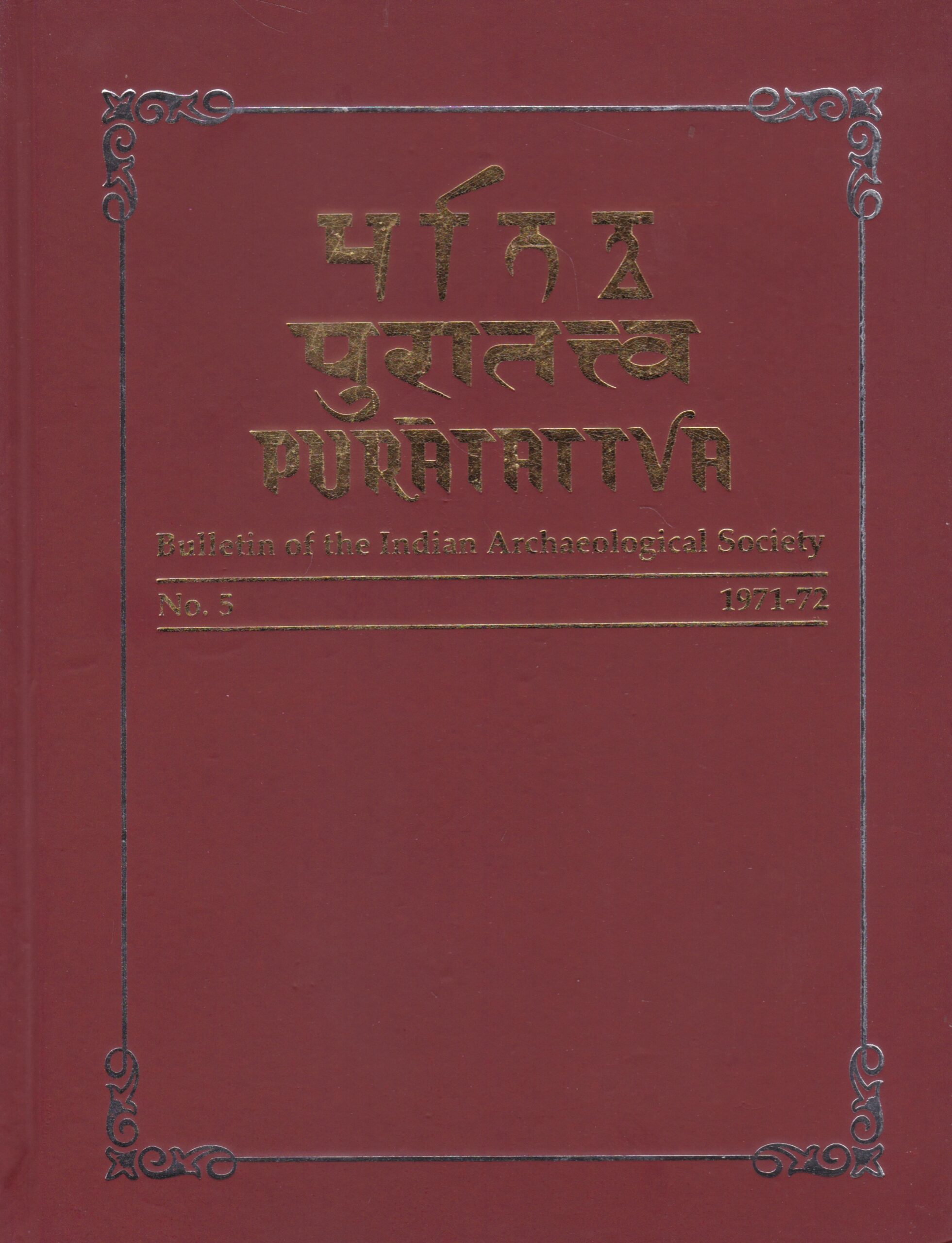

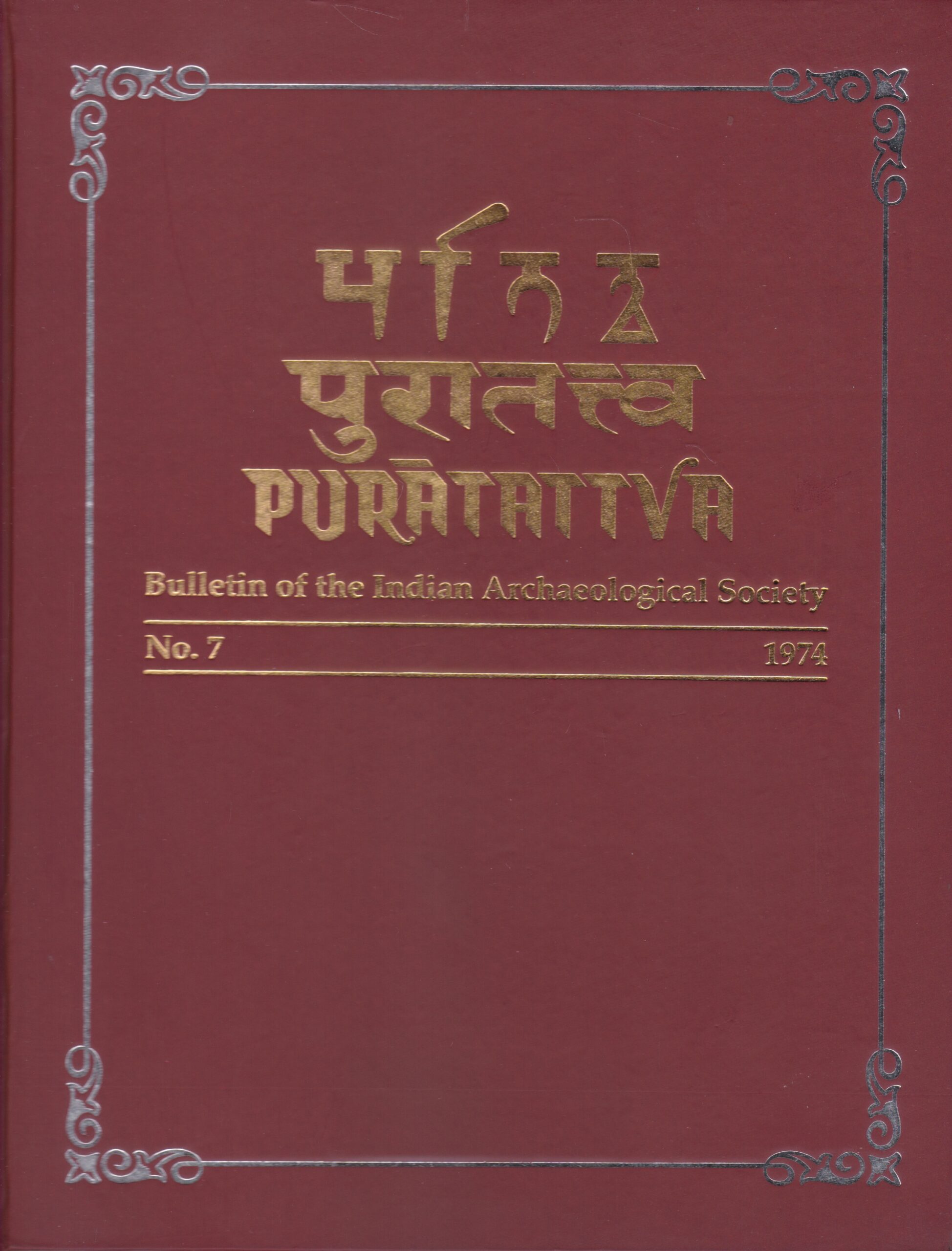
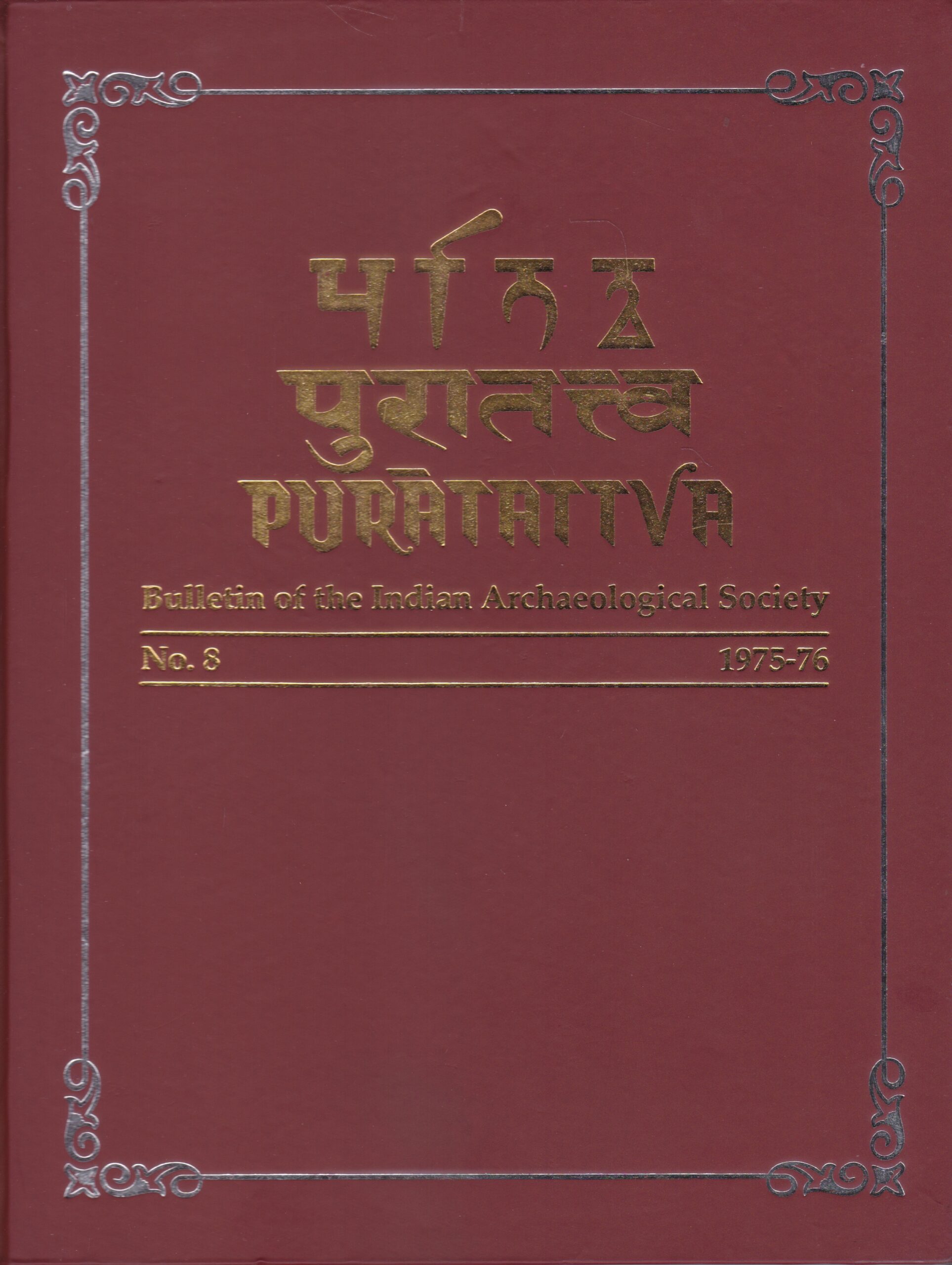
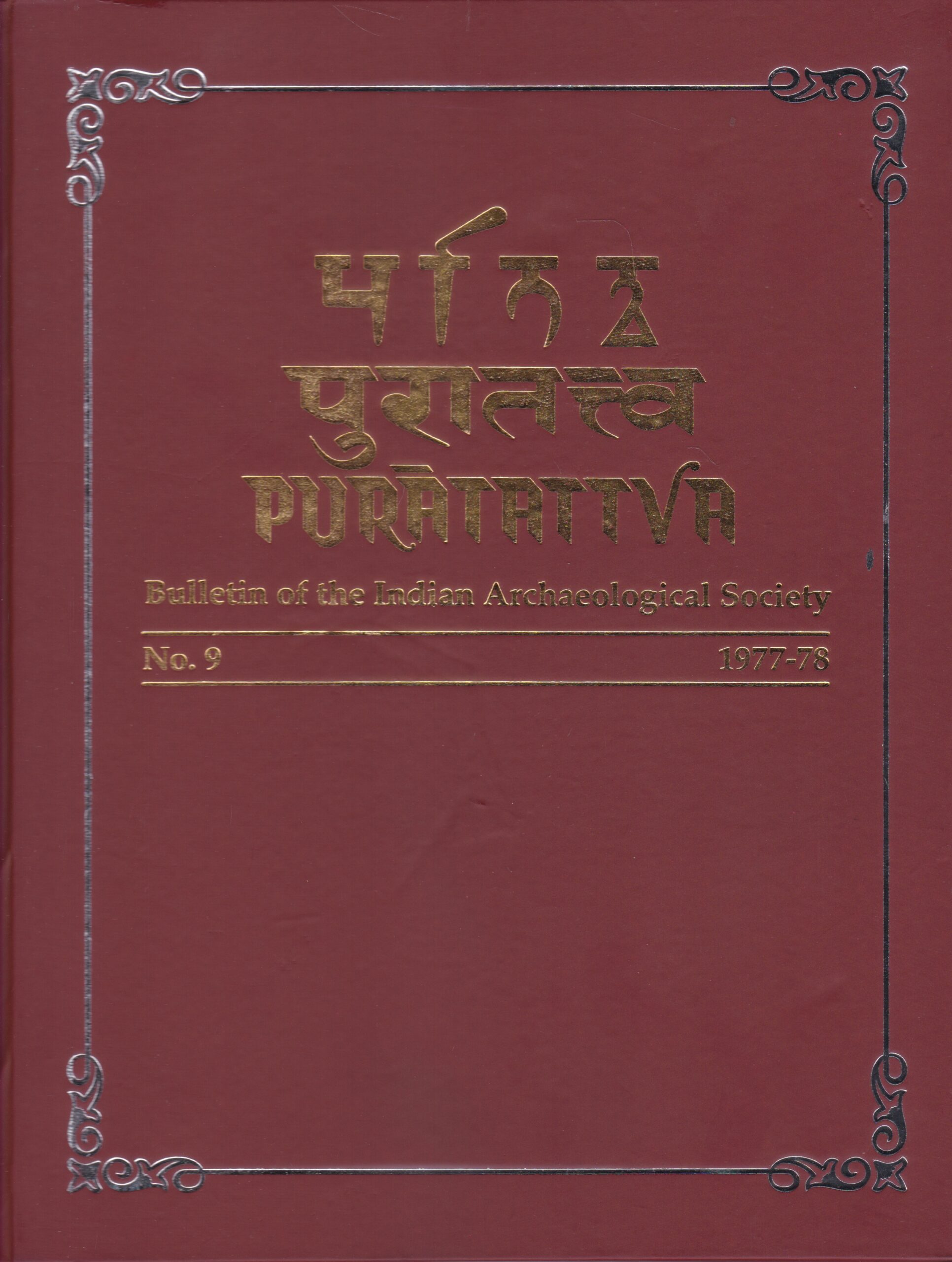
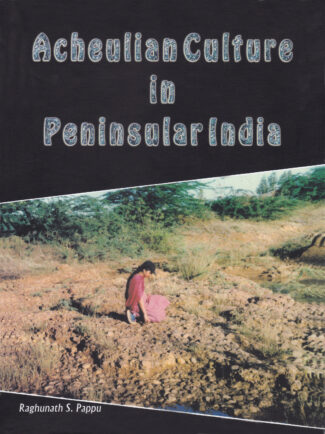

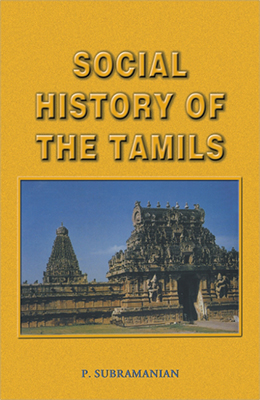
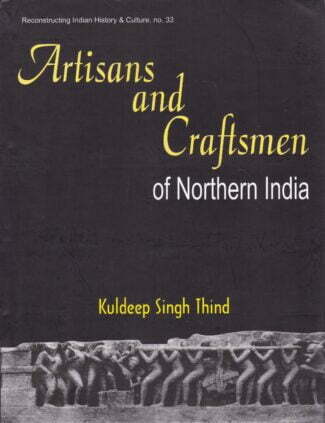
There are no reviews yet.